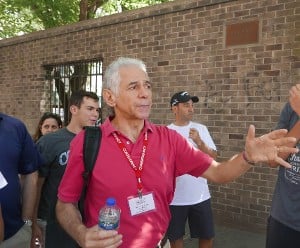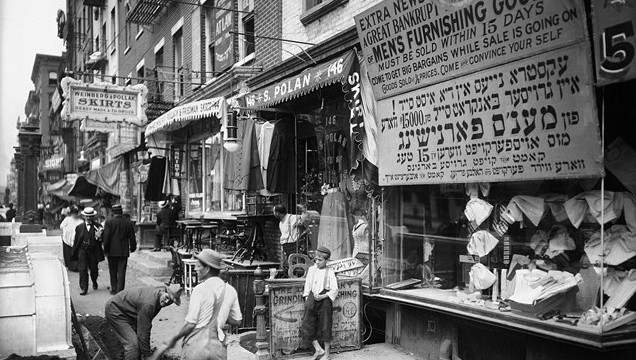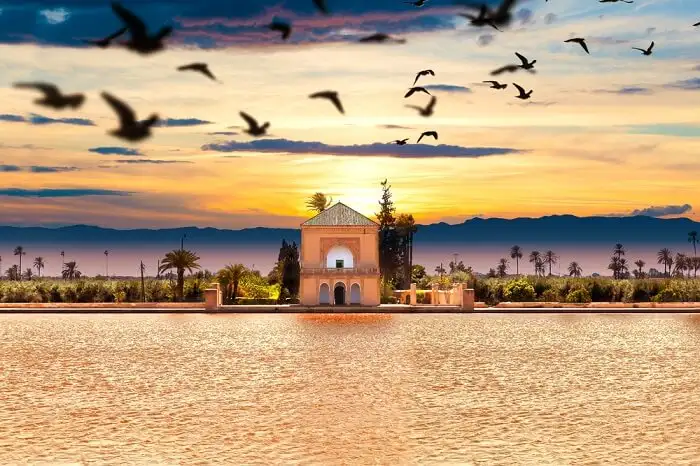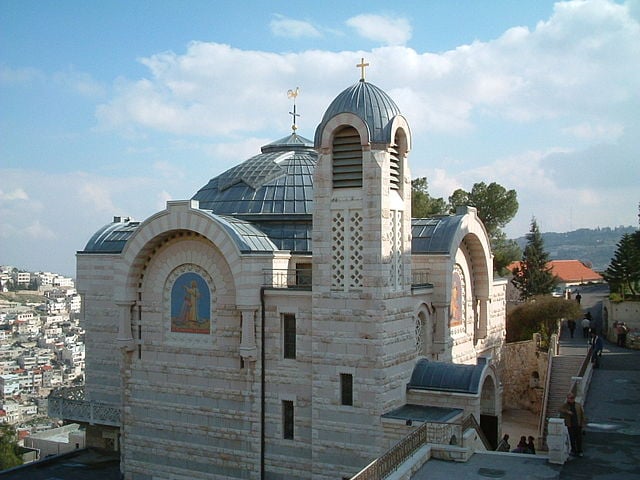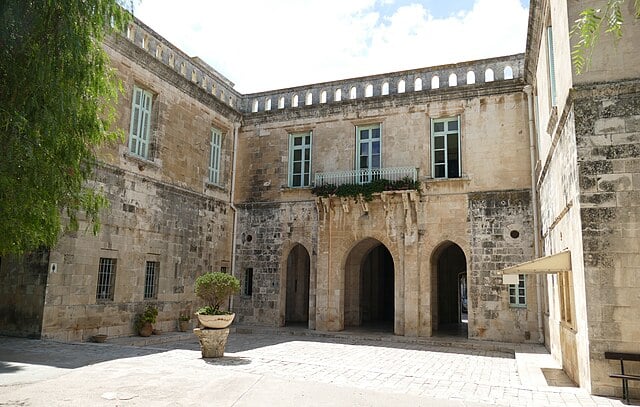Morocco is home to one of the richest and oldest Jewish histories in the world, and exploring its vibrant Jewish heritage is a journey like no other. From ancient synagogues to Jewish quarters (mellahs), Morocco offers a deep connection to Jewish history. Whether you’re seeking to discover your roots, explore heritage sites, or simply experience the country’s unique culture, a Morocco Jewish tour is the perfect way to do so. With Morocco Best Sahara Tours, a trusted travel agency with more than 414 excellent reviews on TripAdvisor, you can embark on a remarkable journey through Morocco’s Jewish past.
Amazing 12 Days Jewish Morocco Tour
This 12-day Jewish Morocco tour takes you on an immersive journey across the country, starting in the bustling cities of Casablanca, Fes, and Marrakech, and venturing into smaller towns with significant Jewish heritage. You’ll visit historic synagogues, Jewish cemeteries, and the once-thriving Jewish quarters, all while enjoying the stunning landscapes of Morocco. This itinerary also offers kosher food options and accommodations that respect Jewish dietary laws.
Day 1: Arrival in Casablanca
- Start your tour in the cosmopolitan city of Casablanca, where you will visit the Beth-El Synagogue and the Jewish Museum, the only one of its kind in the Arab world.
Day 2: Casablanca to Rabat
- Continue your journey to Rabat, Morocco’s capital. Visit the old mellah and the Chellah Necropolis, which houses an ancient Jewish cemetery.
Day 3: Meknes and Volubilis
- Explore Meknes, known for its royal history and Jewish community, and visit the Ibn Danan Synagogue. Then, take a trip to the ancient Roman ruins of Volubilis.
Day 4-5: Fes – The Heart of Jewish Heritage
- In Fes, visit the Jewish quarter (mellah), the Aben Danan Synagogue, and the Jewish cemetery where prominent Moroccan rabbis are buried. Enjoy a guided tour of the Fes medina and its many cultural treasures.
Day 6: Fes to Midelt – The Gateway to the Sahara
- Travel through the Middle Atlas Mountains, passing by picturesque Berber villages, and visit the Jewish community in Midelt.
Day 7-8: The Sahara Experience
- Experience a camel trek in the Sahara Desert and stay in a luxurious desert camp. Witness stunning sunrises and explore desert landscapes.
Day 9-10: Marrakech
- Explore the Jewish quarter in Marrakech, including the Lazama Synagogue and the Saadian Tombs, home to some of the earliest Jewish residents. Marrakech’s vibrant markets and gardens also offer a cultural treat.
Day 11: Essaouira – Jewish History by the Sea
- Head to the coastal town of Essaouira, known for its historic Jewish community. Visit the old mellah, the Jewish Museum, and the tomb of Rabbi Haim Pinto.
Day 12: Departure from Marrakech or Casablanca
- End your journey with a final exploration of the vibrant streets of Marrakech or Casablanca before your departure.
Morocco Jewish Heritage Tour – Morocco Kosher Tour Package
For those seeking a deeper exploration of Morocco’s Jewish heritage while adhering to kosher practices, the Morocco Kosher Tour Package is an ideal option. This package is designed to ensure that all dietary needs are met, with kosher meals and Shomer Shabbos-friendly accommodations, allowing you to fully enjoy the experience without any concerns.
This Morocco Jewish Heritage Tour from Casablanca covers the country’s main Jewish landmarks, including synagogues, cemeteries, and important historical sites. It also includes visits to the beautiful Imperial Cities and the Atlas Mountains, offering a well-rounded experience of Morocco’s culture and Jewish history.
Grand Jewish Tours of Morocco – Explore the Rich Heritage
The Grand Jewish Tours of Morocco provide travelers with a chance to dive deep into the Jewish heritage of Morocco. From the medieval cities of Fes and Meknes to the cosmopolitan streets of Casablanca and the serene landscapes of the Sahara, these tours encompass it all. You’ll visit well-preserved Jewish quarters, active synagogues, and historic sites where Jewish communities once flourished.
Highlights include the Marrakech mellah, where the Lazama Synagogue stands as a testament to the Jewish presence, and Essaouira, a coastal town where Jewish merchants played a crucial role in the development of trade. With guides knowledgeable in both Jewish and Moroccan history, you’ll gain insights into the interconnected histories of these cultures.
Morocco Jewish Tours – Kosher Tours for Shomer Shabbos
For those observing Shomer Shabbos, Morocco Best Sahara Tours offers itineraries that cater to your needs. Our kosher tours ensure that you have access to kosher food throughout your journey, and our tours are planned to respect the Sabbath, allowing for restful and meaningful experiences. Whether you wish to celebrate Shabbat in the ancient city of Fes or amidst the cultural charm of Marrakech, our travel agency will make the necessary arrangements for a smooth and respectful experience.
Why Choose Morocco Best Sahara Tours for Jewish Heritage Tours?
With over 414 excellent reviews on TripAdvisor, Morocco Best Sahara Tours has established itself as a reliable and trusted travel agency specializing in Morocco Jewish tours. Here’s why you should book your Jewish heritage tour with us:
- Customizable itineraries: Our Jewish heritage tours can be customized to meet your preferences, from visiting specific sites to ensuring kosher food and Shabbat-friendly accommodations.
- Expert guides: Our experienced guides provide in-depth knowledge about Morocco’s Jewish history and ensure you gain a full understanding of the country’s unique Jewish legacy.
- Comfortable and reliable services: From transportation to accommodation, we offer comfortable options that meet the highest standards, making your trip enjoyable and stress-free.

